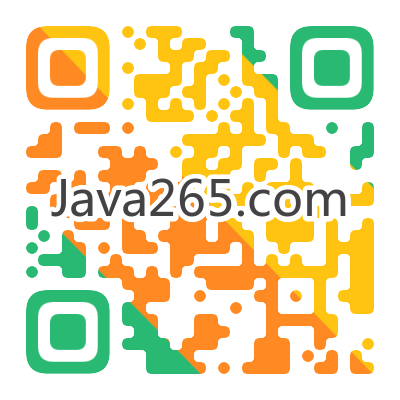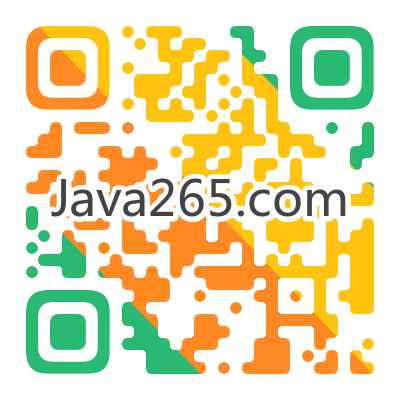HttpClient如何采用JSON参数发送POST请求呢?
下文笔者讲述HttpClient向指定接口发送POST请求--并附加POST值
HttpClient发送POST请求
1.定义请求头为 application/json 2.将json信息放入到请求体中 3.使用HttpClient发送post请求例:httpClient发送POST请求的示例
public static JSONObject httpPost(String url, Map<String, String> params) {
// post请求返回结果
CloseableHttpClient httpClient = HttpClientConfig.getHttpClient();
JSONObject jsonResult = null;
HttpPost httpPost = new HttpPost(url);
httpPost.setHeader("Content-type", "application/json; charset=utf-8");
try {
if (null != params) {
// 构建消息实体 Map转json字符串
StringEntity entity = new StringEntity(JSON.toJSONString(params), charset);
entity.setContentEncoding("UTF-8");
// 发送Json格式的数据请求
entity.setContentType("application/json");
httpPost.setEntity(entity);
}
CloseableHttpResponse response = httpClient.execute(httpPost);
return convertResponse(response);
} catch (IOException e) {
LOGGER.error("post请求提交失败:" + url, e);
} finally {
httpPost.releaseConnection();
}
return jsonResult;
}
private static JSONObject convertResponse(CloseableHttpResponse response) throws IOException, ParseException {
// 请求发送成功,并得到响应
JSONObject jsonObject = new JSONObject();
if (response.getStatusLine().getStatusCode() == HttpStatus.SC_OK) {
// 读取服务器返回过来的json字符串数据
HttpEntity entity = response.getEntity();
String strResult = EntityUtils.toString(entity, charset);
// 把json字符串转换成json对象
jsonObject = JSON.parseObject(strResult);
}
jsonObject.put("status",response.getStatusLine().getStatusCode());
return jsonObject;
}
版权声明
本文仅代表作者观点,不代表本站立场。
本文系作者授权发表,未经许可,不得转载。









